Update: added support/use within emulators to the wish list – that’s what you get rushing: you leave out something you always wanted to say!
There are a lot of very smart people in the Apple ][ scene.
Hardware and software products proliferate in a way I can’t recall being matched at any time since I got back into Apple ][’s in 1998.
And a large amount of time and effort is being spent on disk-related projects, especially hardware and disk content preservation.
For example, there are at least four active or semi-active disk drive emulation hardware products available at the moment: Nishida Radio’s UnisDisk, Rich Dreher’s CFFA3000, Пламен Вайсилов’s SDFloppy II, and Steve Chamberlin’s Floppy Emu.
On the software preservation side, 4am and Brutal Deluxe Software are amongst those involved in making old software, especially protected software, available for use by preserving the software, often via copy protection cracking (often detailing the cracks to allow them to be reversed or studied).
These preservation efforts often require a non-standard disk image file, such as a .edd file, made using an EDD+ card and software like Brutal Deluxe’s i’m fEDD up. These files preserve the stream of bits coming off the disk before they are decoded by the Disk ][ controller card, and this data can be captured down to a quarter-track resolution (can those in the know please correct me in the comments if I’m misrepresenting this?).
Occasionally a .nib file, which records extra track data (such as DOS volume number) beyond a standard 140K .dsk image file is enough to defeat copy protection which relied on this information.
So I’ve been thinking recently that it would be nice if we could use Apple ][ disk drives on modern computers, say via a USB-based device, to capture not only .edd files, but also .nib and .dsk files (ProDOS-ordered and DOS-ordered). Let’s call it the “Disk ][SB”.
I know I’m not alone in contemplating such a device: Apple ][ luminary Mike Willegal worked on an interface card in 2008 and 2009 with a view to having a final version utilising USB. Glenn Jones indicated on Mike Willegal’s site that he had worked on a similar device at some point in the past. Both projects are currently on hiatus.
Glenn pointed me to the Device Side Data FC5025, which connects a PC 5¼” floppy drive to modern computers via USB and is a currently active project – this is pretty close to what I’m suggesting, but can only create .dsk Apple ][ disk images, and can’t read “flippy” disks, which were not uncommon in commercial Apple ][ software, let alone in home use. Perhaps the most famous example of a flippy disk in Apple ][ circles is the original Karateka disk, which would allow you to play the game upside down if the disk was inserted upside down.
Further along the path to deep-reading of disk data is the KryoFlux, which reads the magnetic flux transition timing from disks and saves that data to modern computers. This is, perhaps, the bee’s knees of software preservation – but it’s also between €98 and €125 (plus the cost of a floppy drive), which for me is above my budget.
I envisage the Disk ][SB as operating somewhere between the KryoFlux and the FC5025 – not as low-level as magnetic flux transition timing, but higher resolution than the .dsk images the FC5025 will produce. Almost like an EDD+ card for modern computers. Having it Apple ][-specific meshes nicely with my computer model chauvinism. Perhaps the only “special” hardware required would be a physical Apple ][ disk drive.
And then, of course, there’s use in emulators. Charles Mangin, through his RetroConnector store, offers various adaptors for using legacy hardware on modern computers, and modern devices on legacy computers, such as his Joystick Shield for using Apple ][ joysticks on modern computers, including use within emulators. How cool would it be to be able to boot an emulator from a physical disk in a Disk ][?!
While contemplating such a device, my mind keeps returning to the Apple II Pi, which integrates modern hardware with ancient. On one hand, I wonder if the Apple II Pi could be utilised in some way in my grand scheme for modern disk image capture, while on another it makes me think that surely it would be possible to design a new USB-based solution for connecting Disk ][’s to modern computers (and I’m aware that’s just the certainty of ignorance passing judgement on the Disk ][SB’s feasibility – I’m no hardware or software engineer).
So, to summarise, my initial wish list for the Disk ][SB is:
- allows connection of Apple Disk ][ drives (20-pin connector) to modern computers via USB;
- allowing DB19-based drives to connect would be a bonus (and is SmartPort support too much to wish for?);
- copy data/files to/from disks (perhaps via FUSE);
- ability to use legacy drives and physical disks in emulators;
- capture .edd disk images;
- capture .nib disk images;
- capture .dsk disk images;
- capture other suitable disk image formats such as .2mg (see SmartPort meta-wish above); and
- incorporating 4am’s cracks from Passport would also be a bonus to allow direct cracking of Apple ][ protected disks to .dsk image files on modern computers.
The division of labour between hardware and software would be at the discretion of the developer/s.
What do you think – am I hoping for too much?
Like this:
Like Loading...
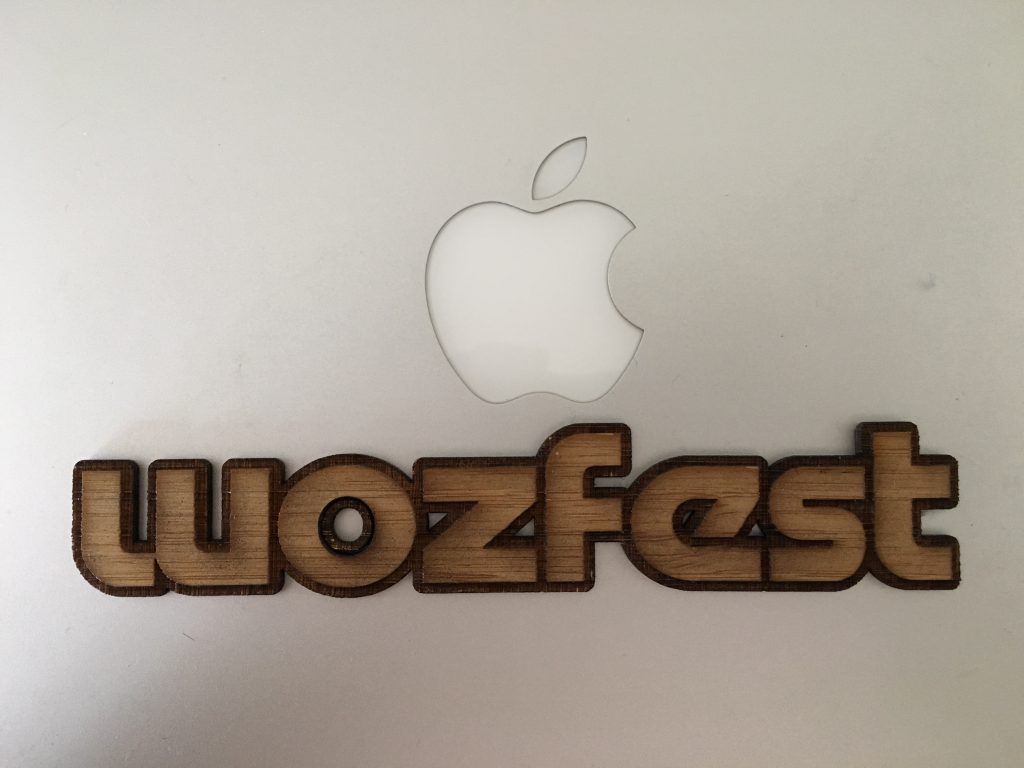
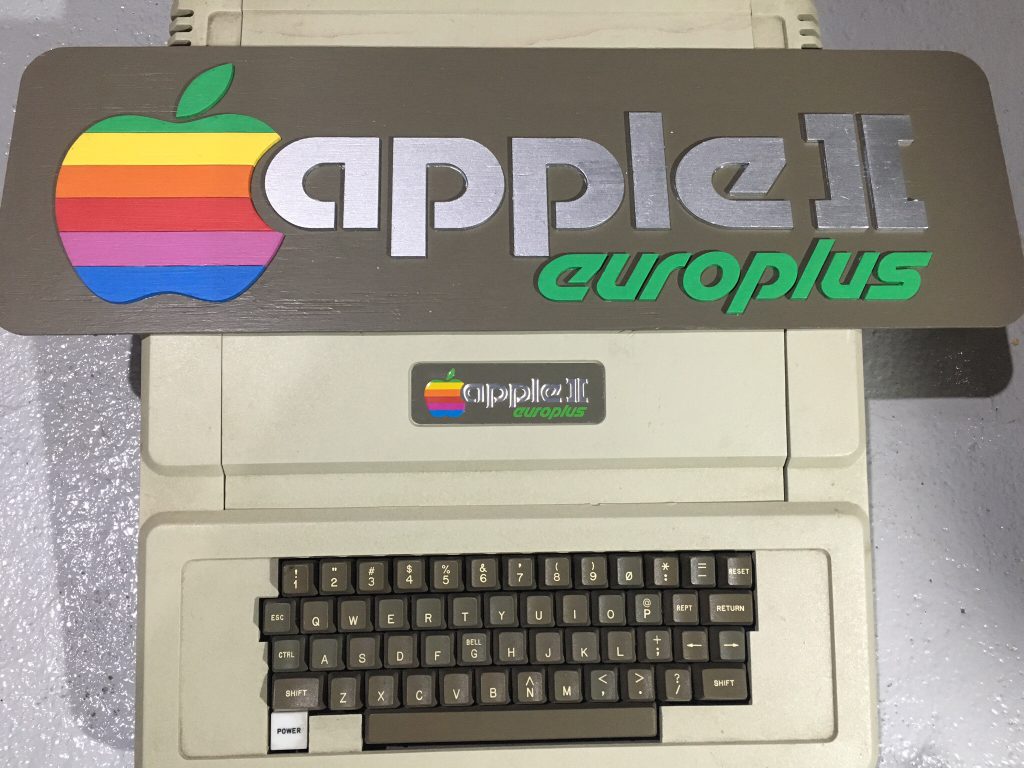
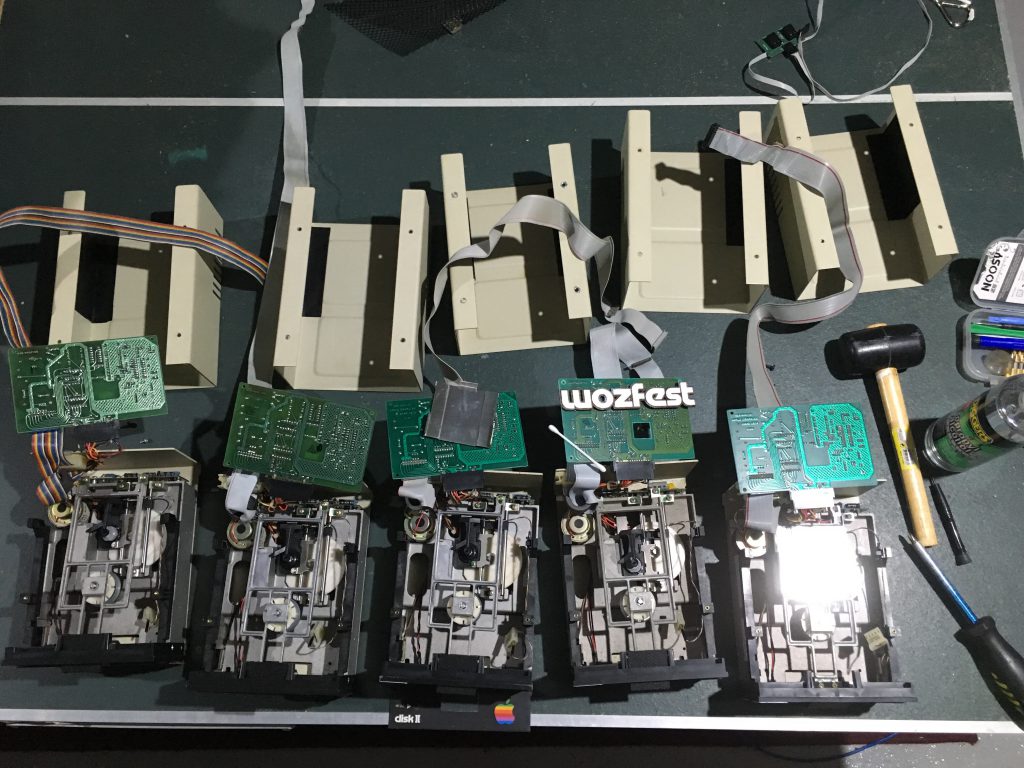
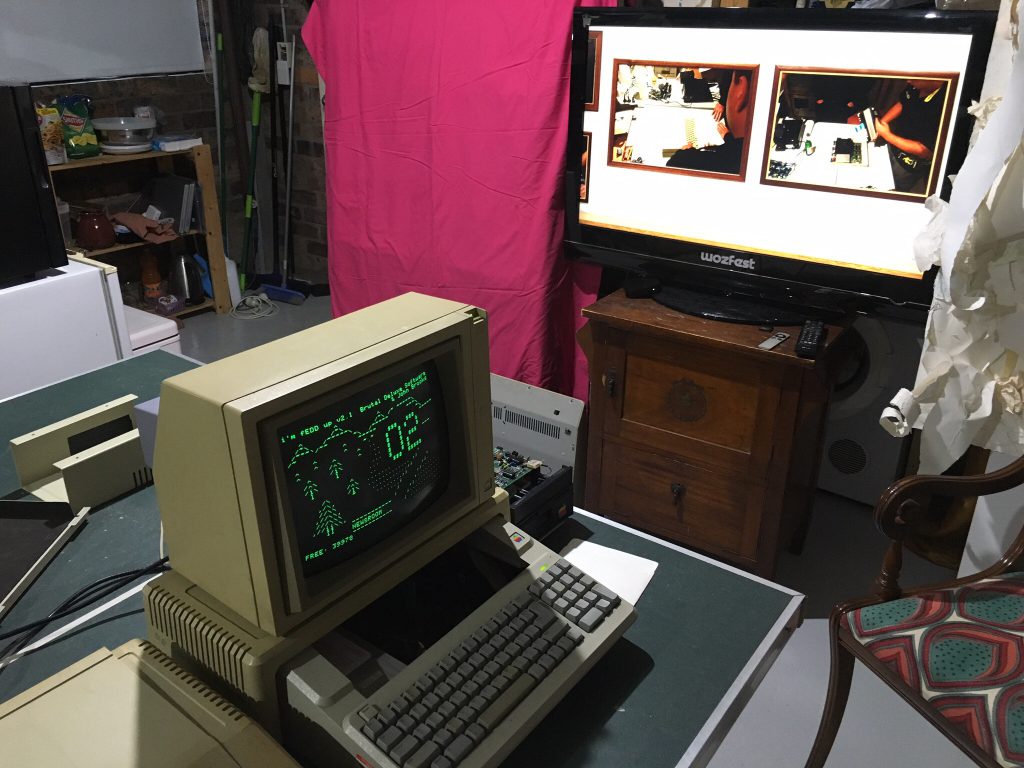

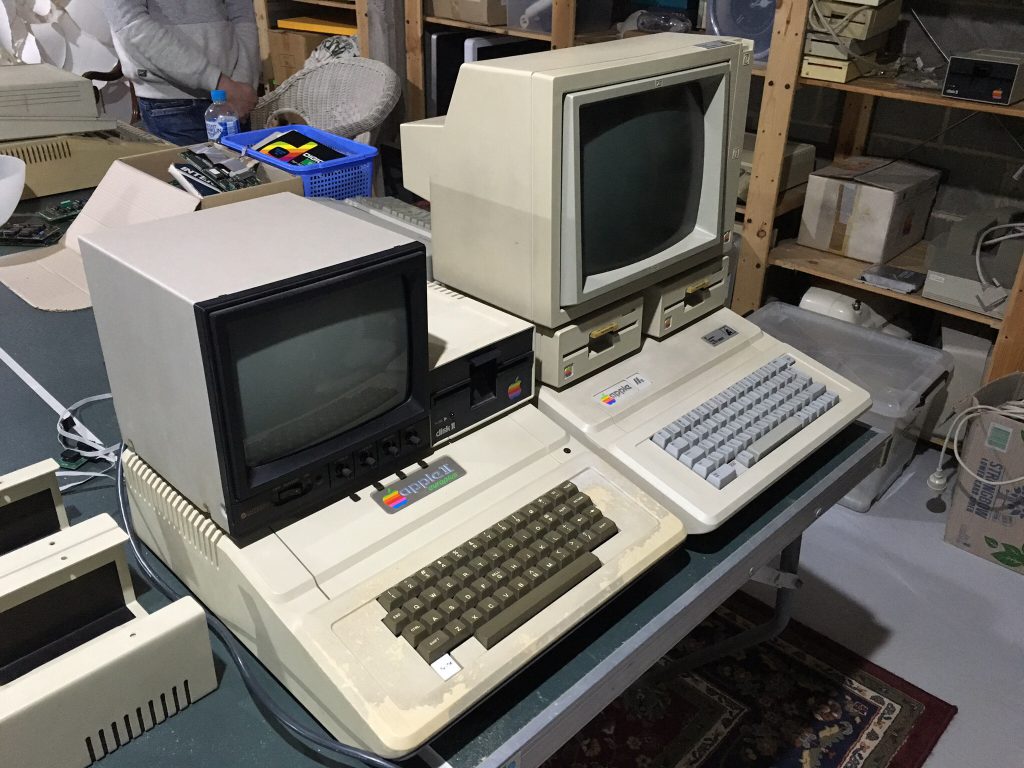
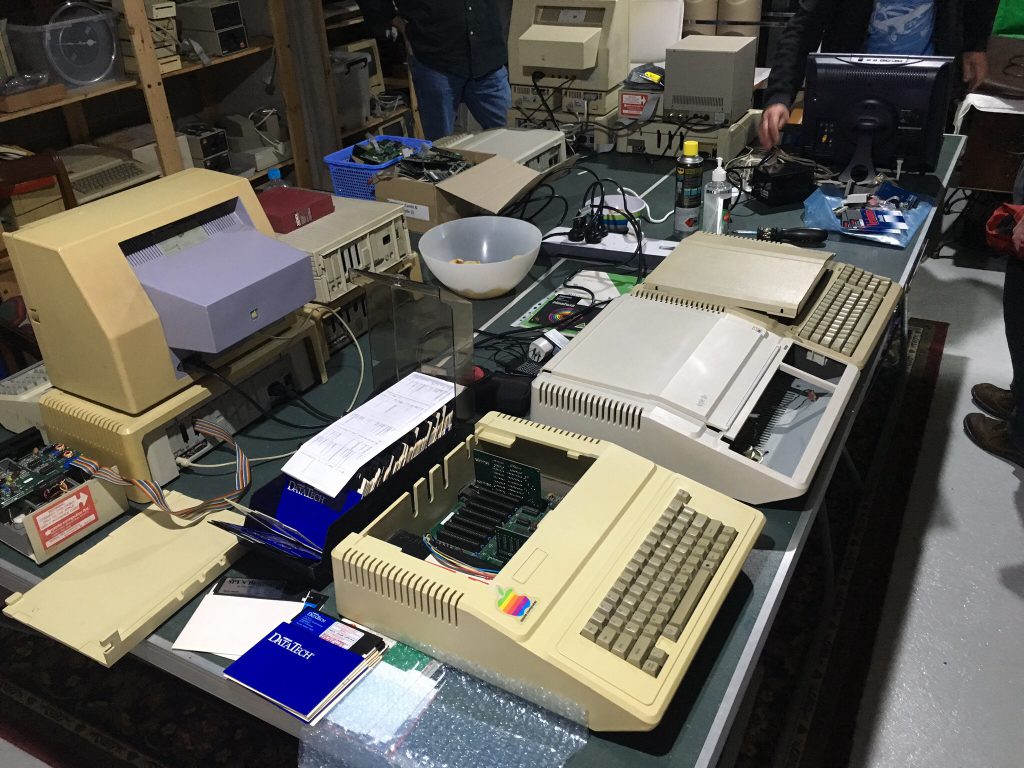

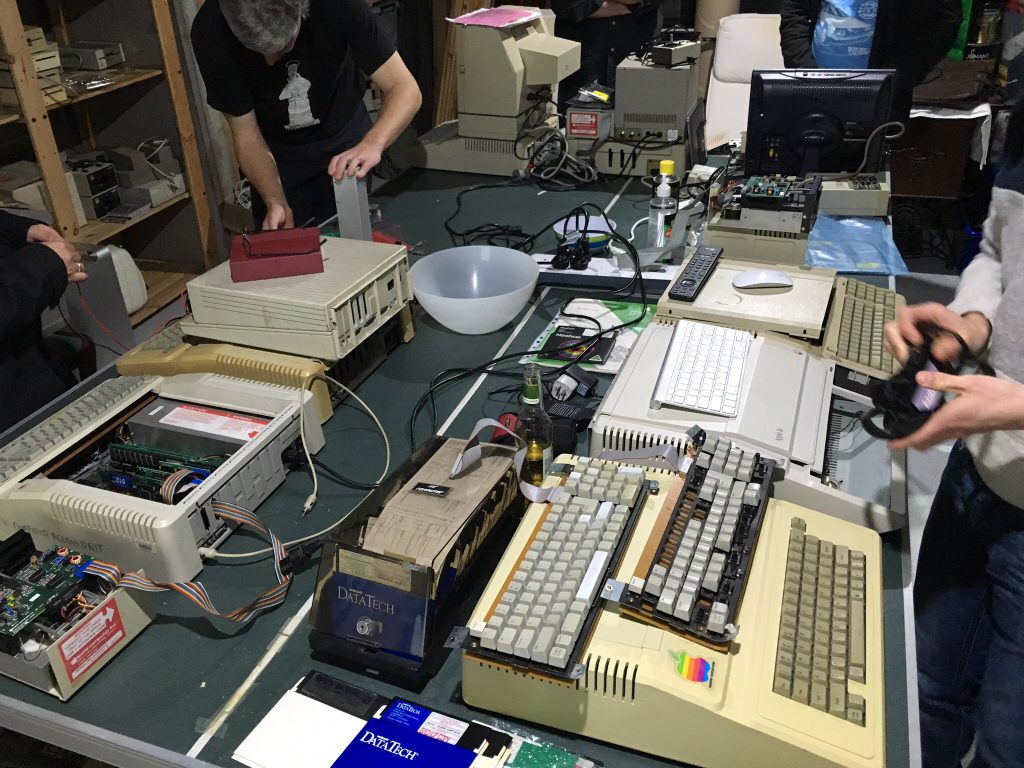
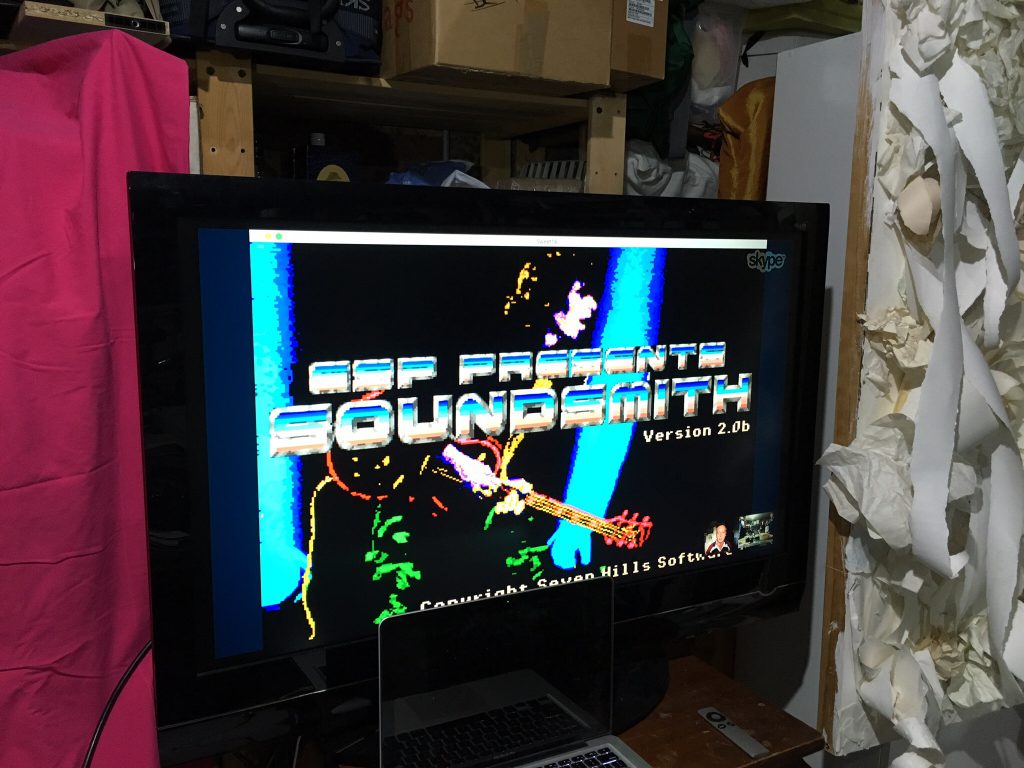
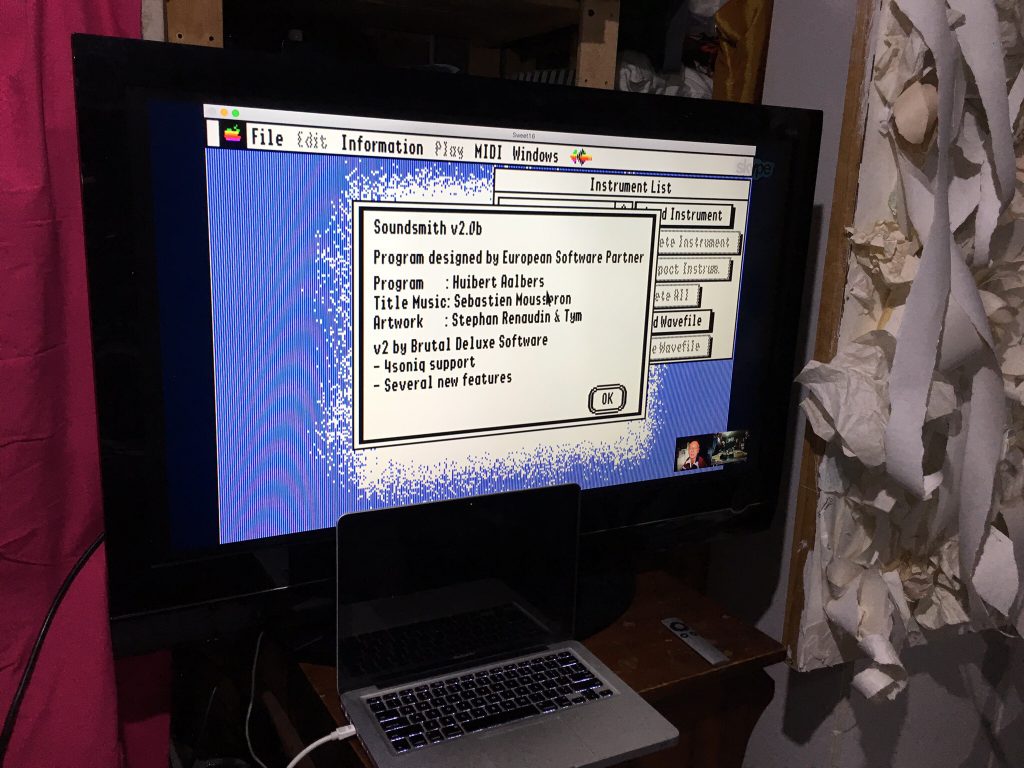

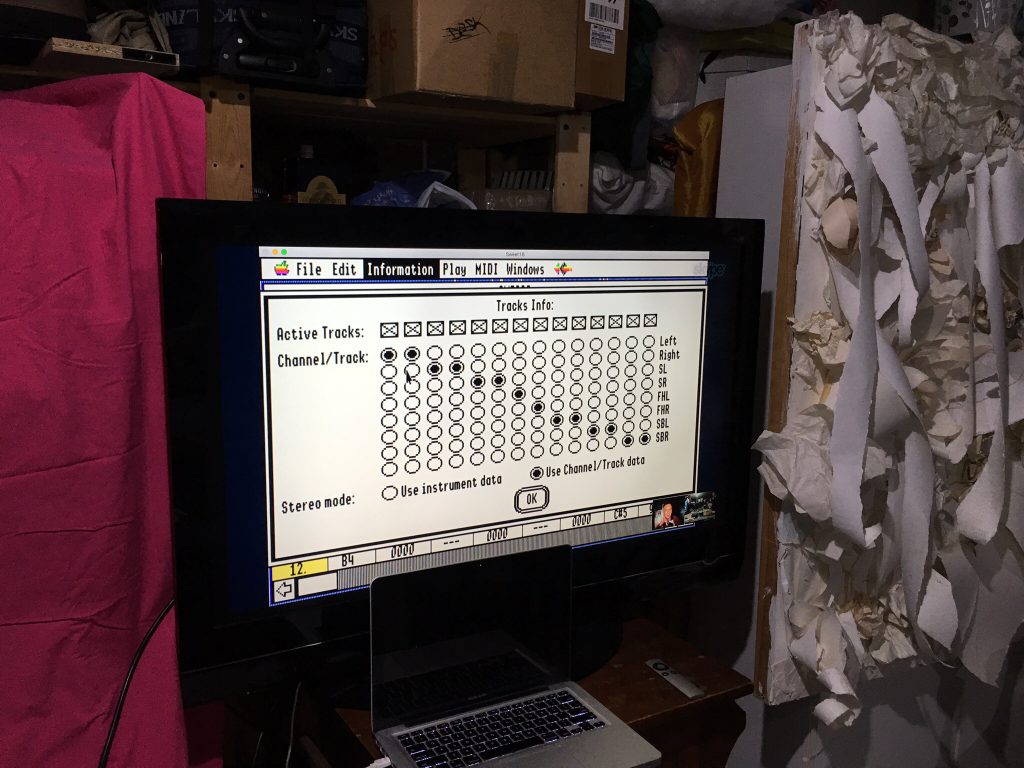
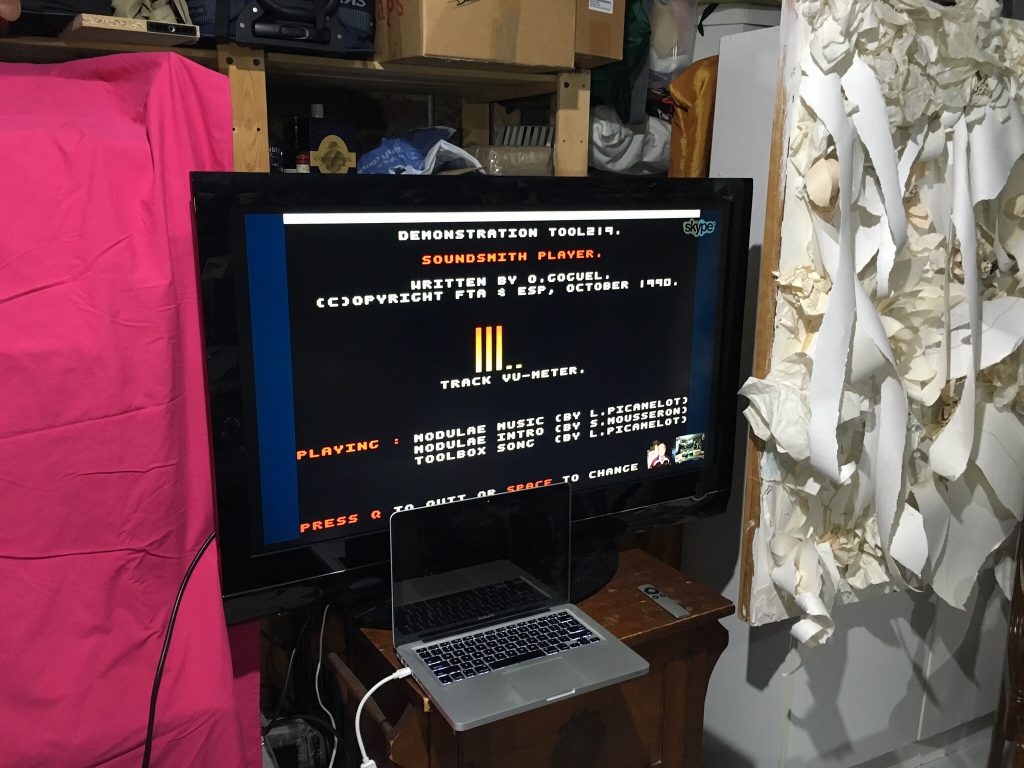
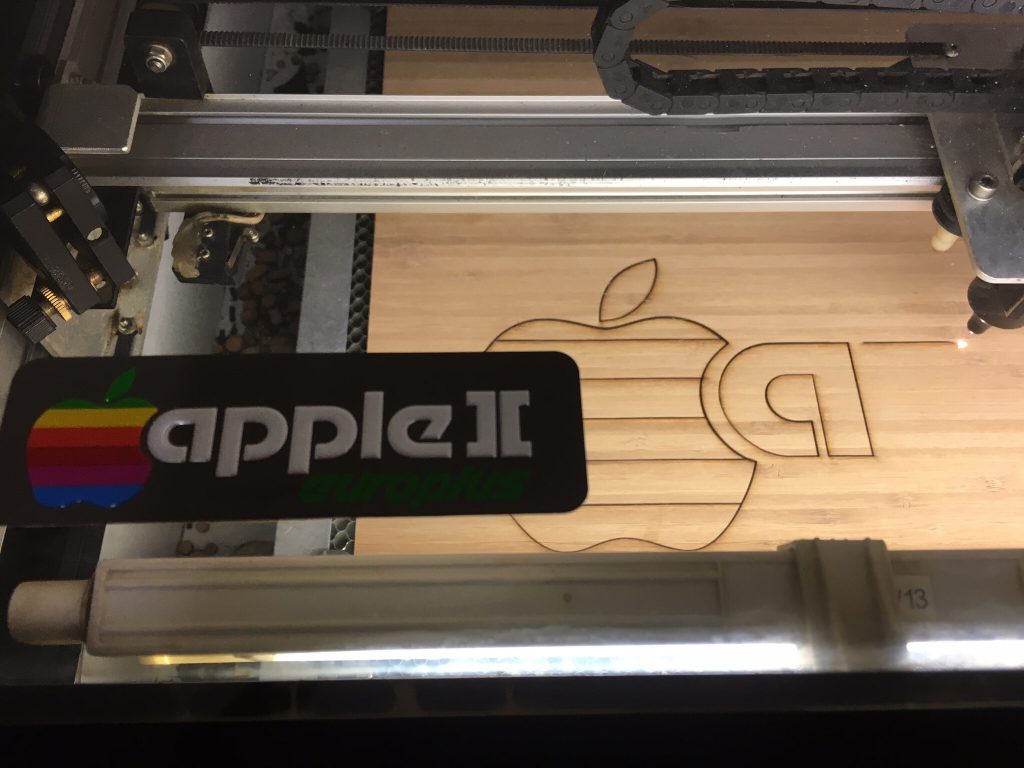
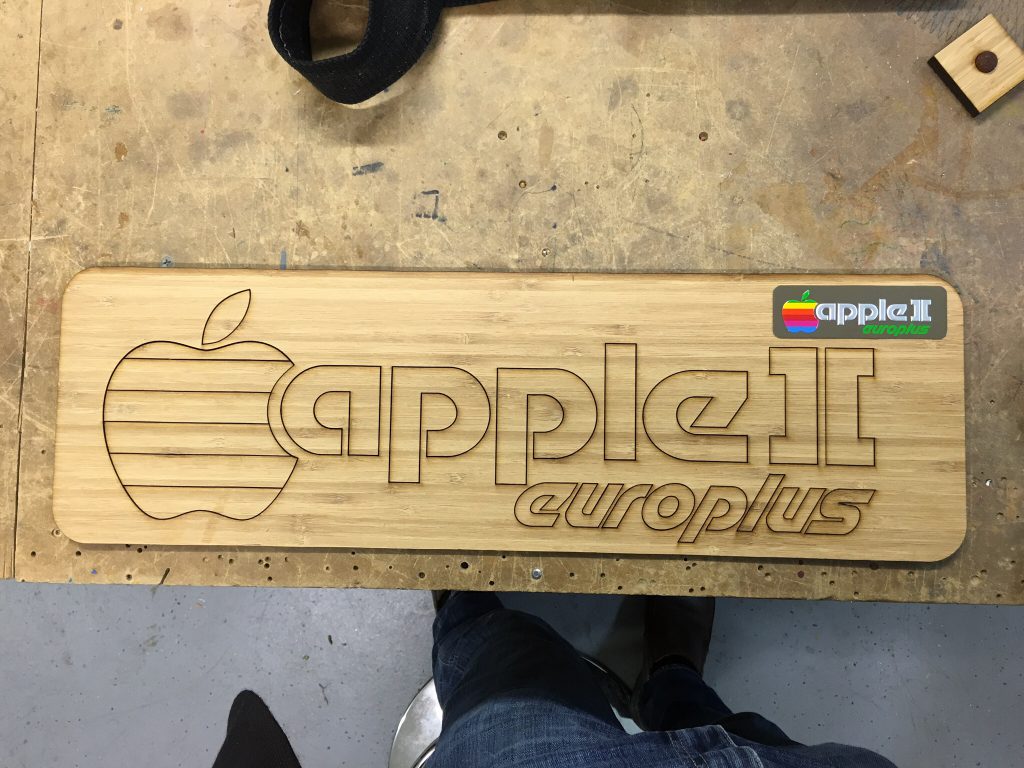

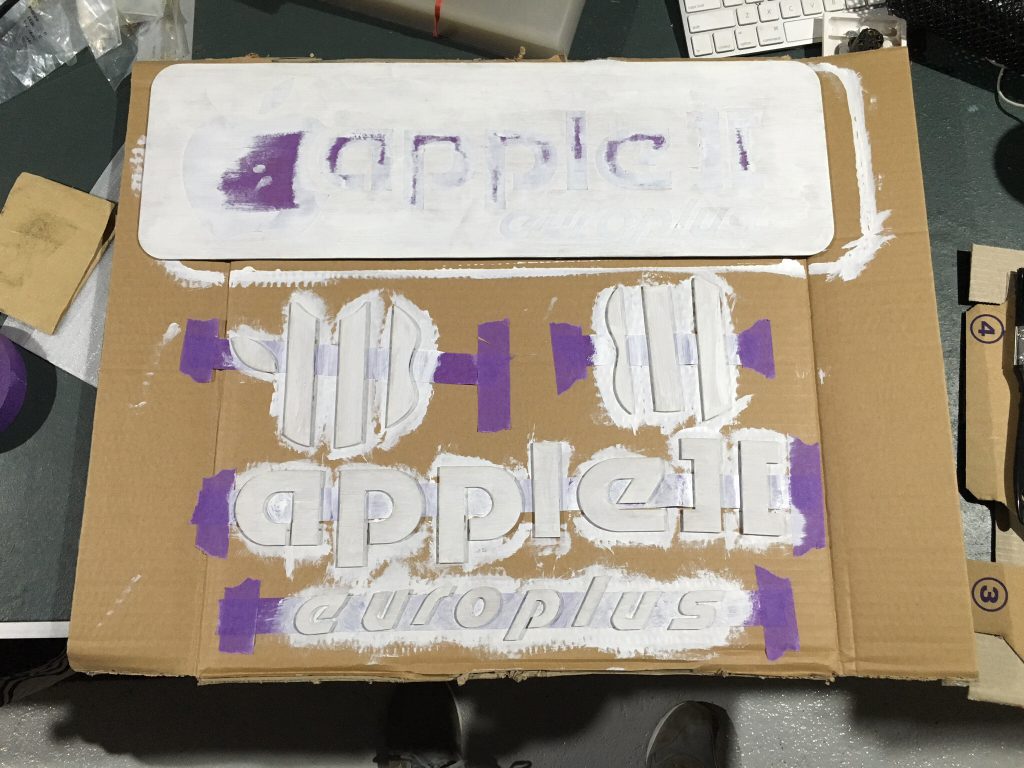

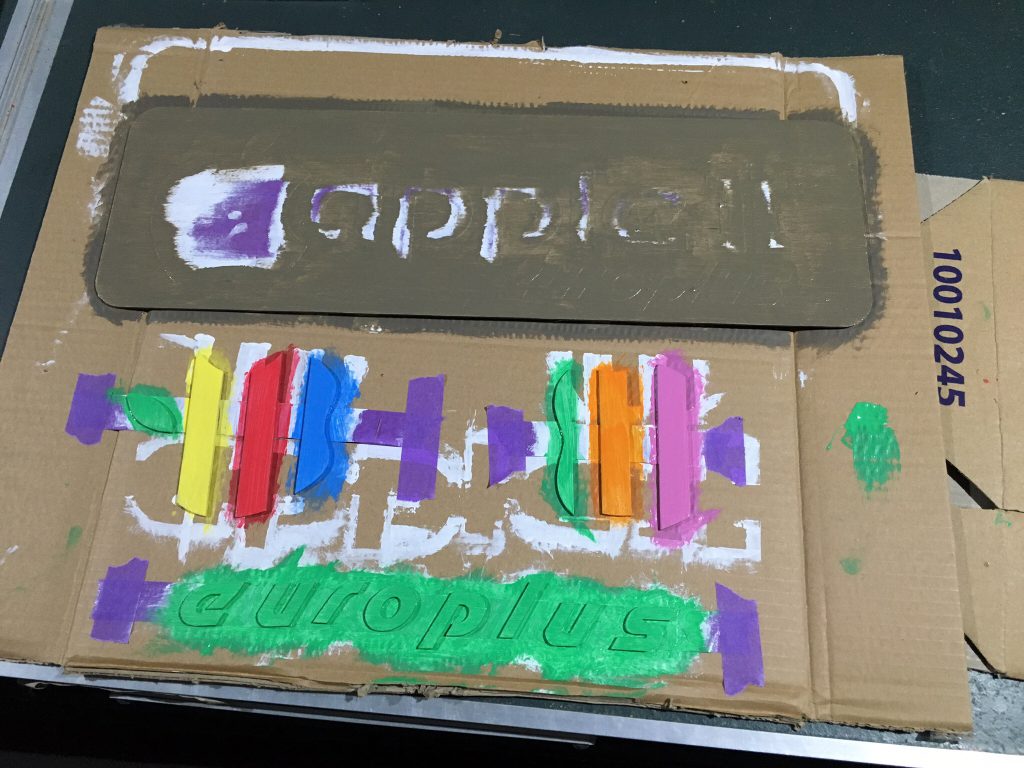

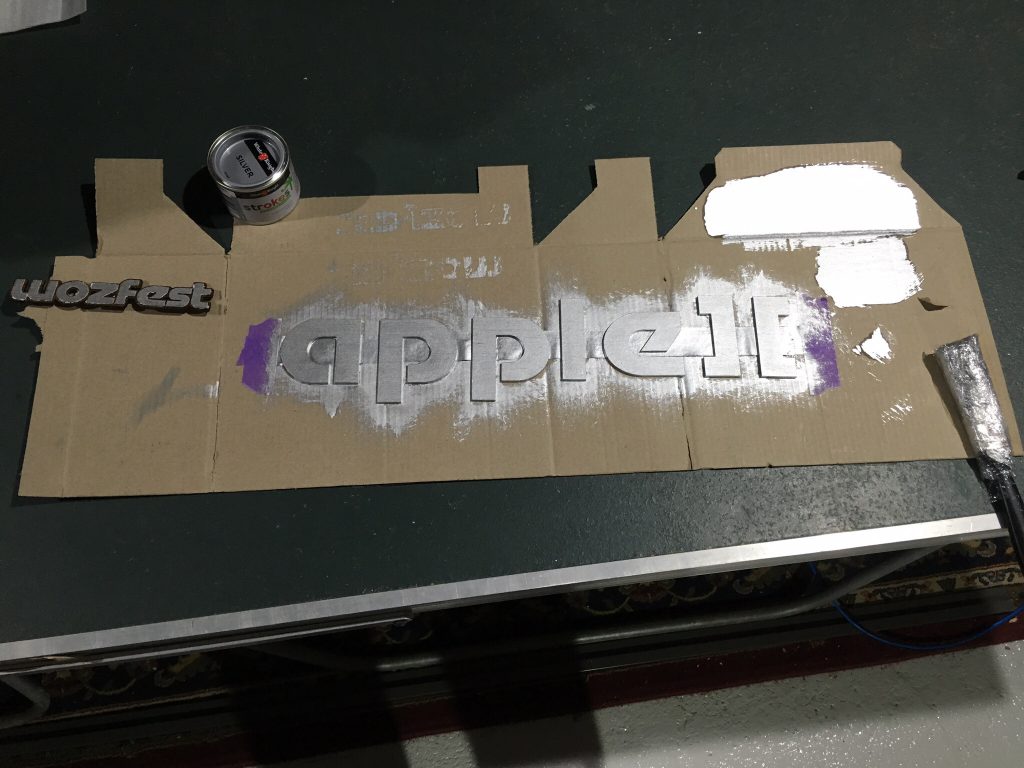


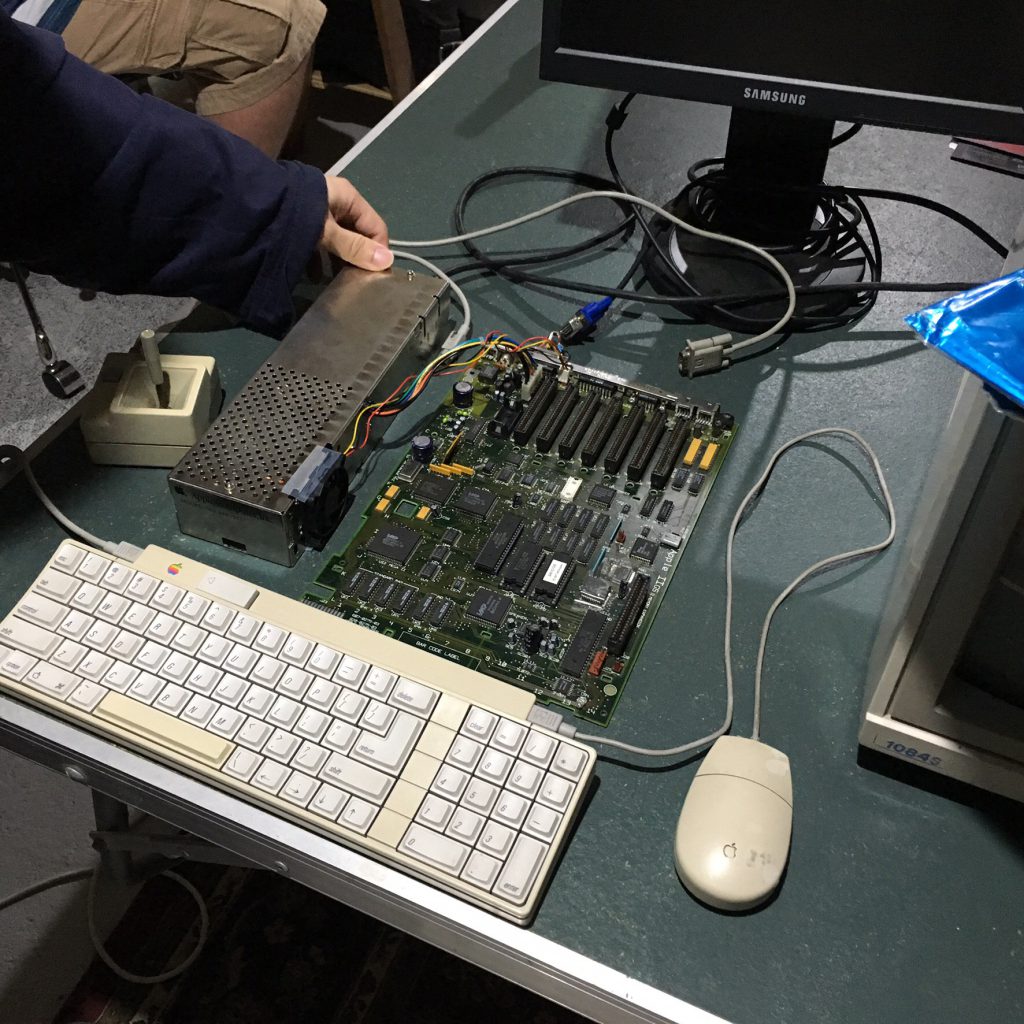

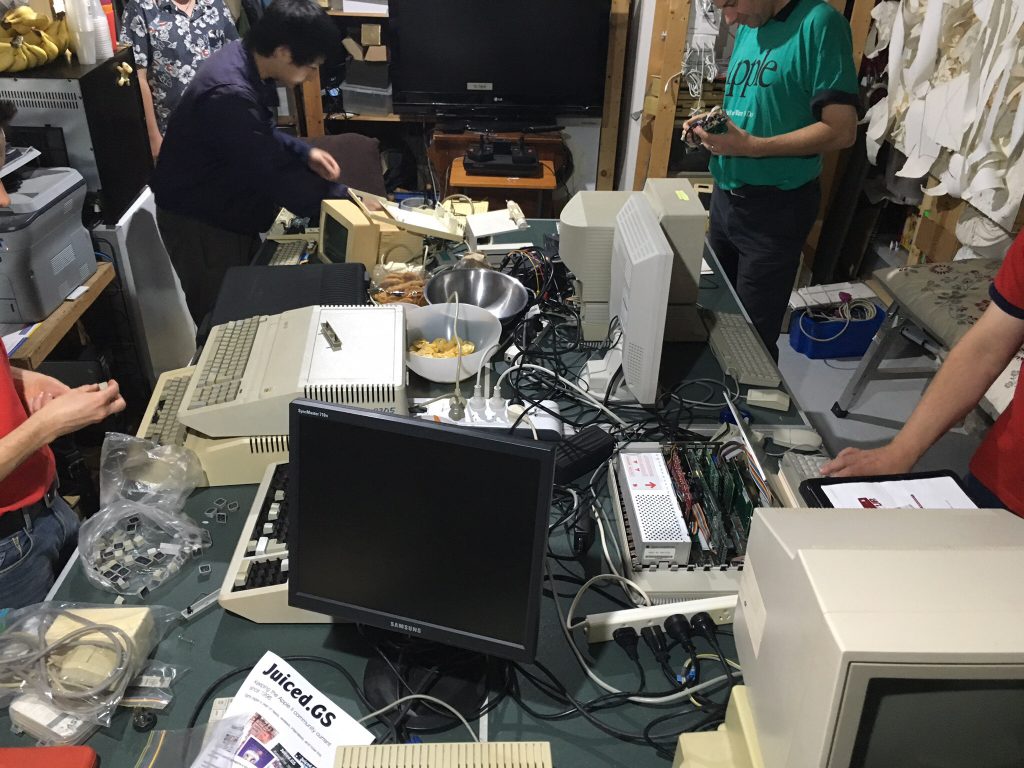

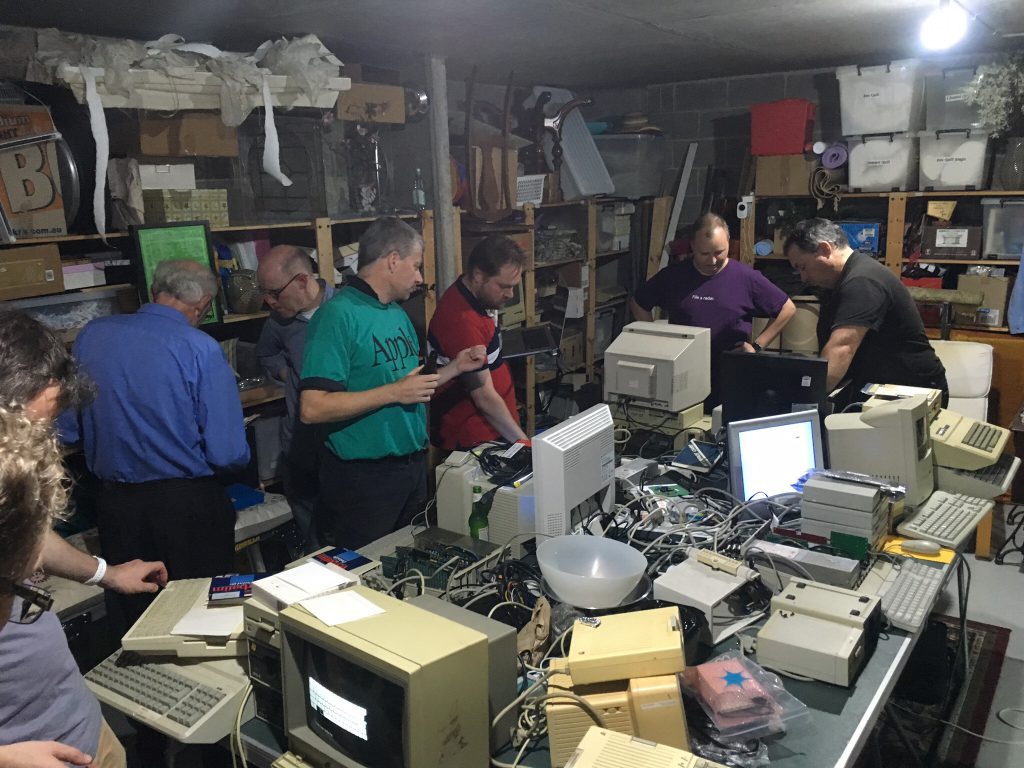
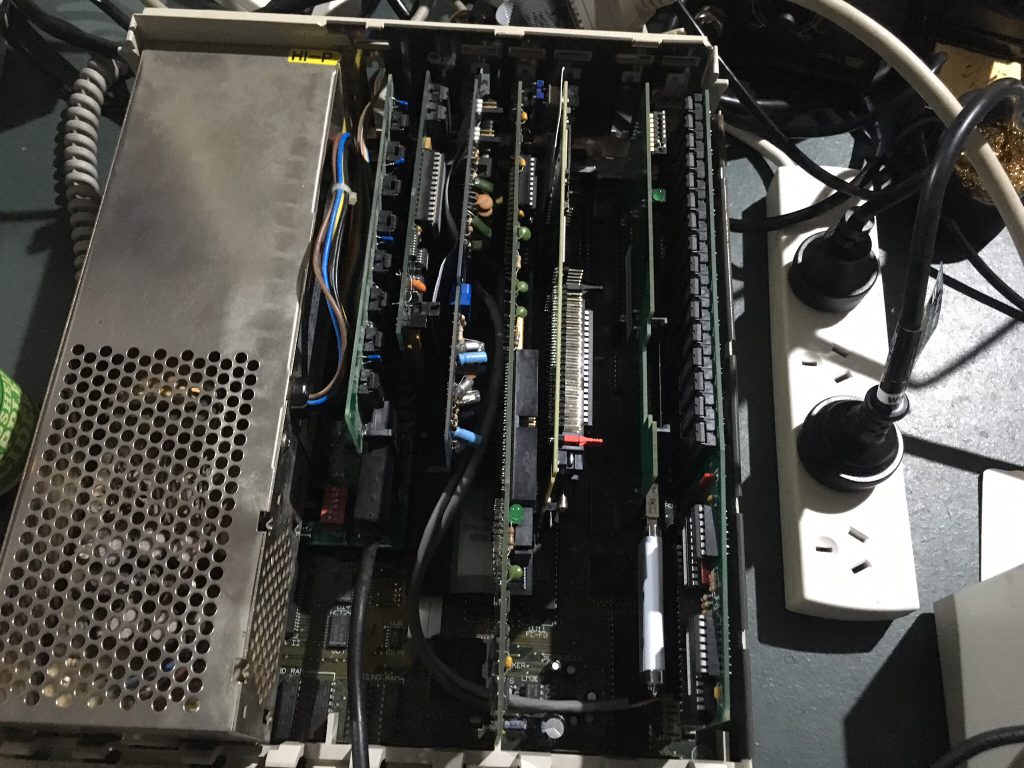
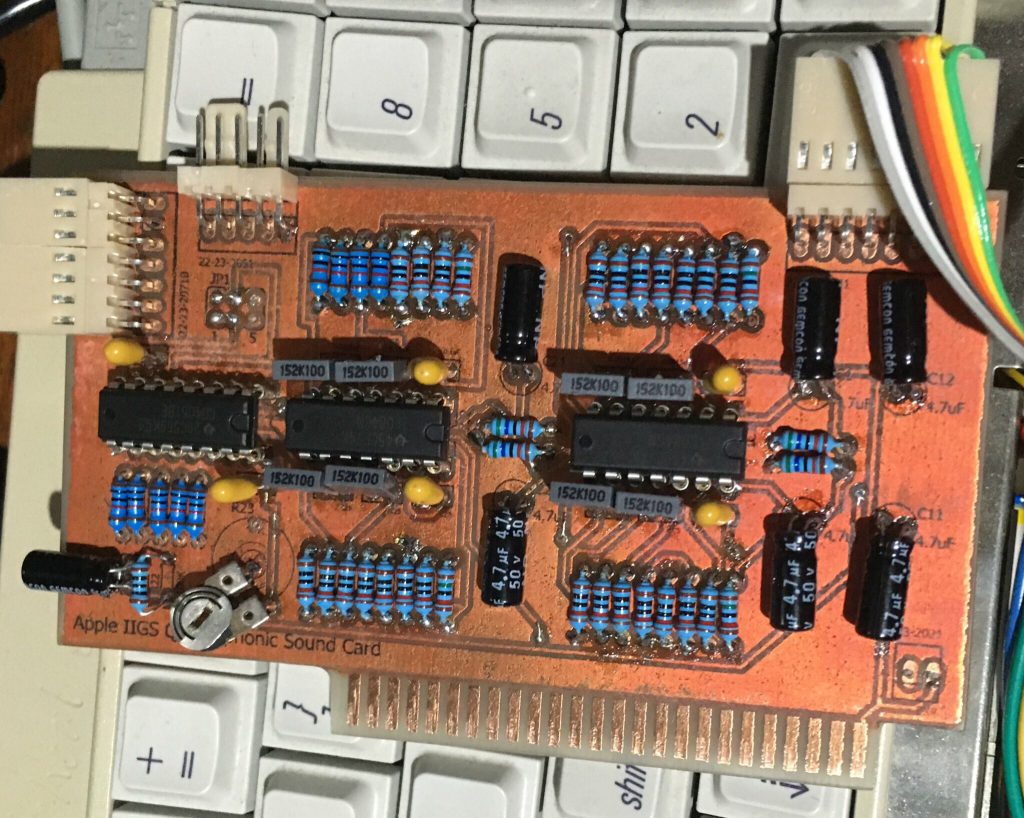
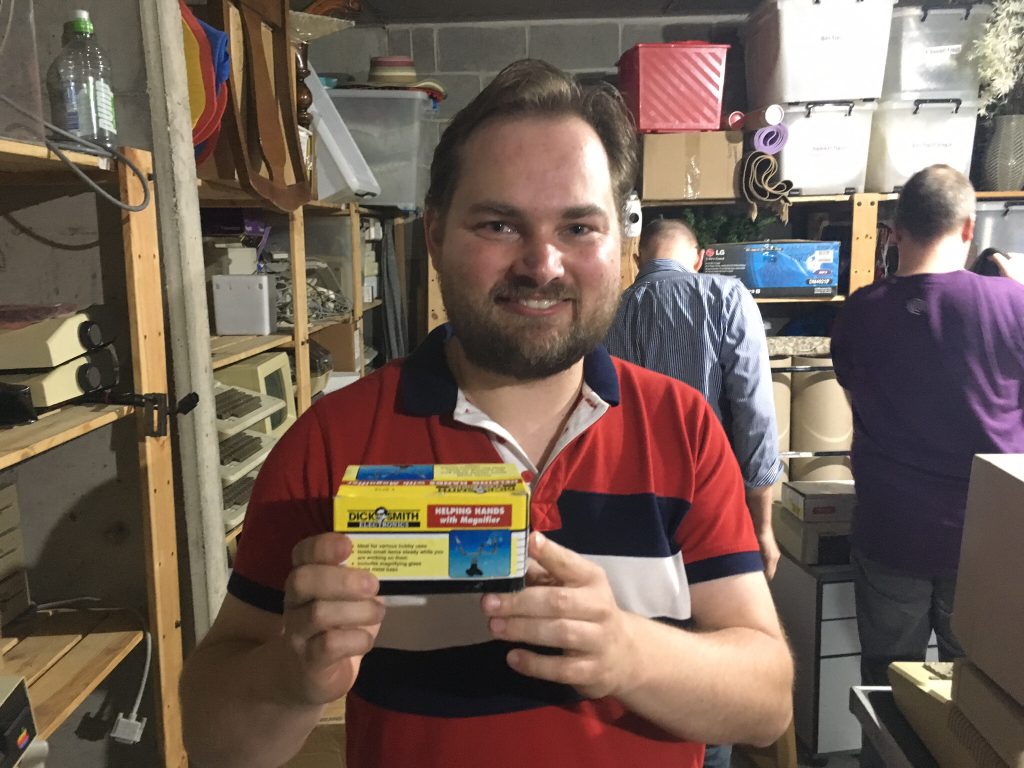
You must be logged in to post a comment.